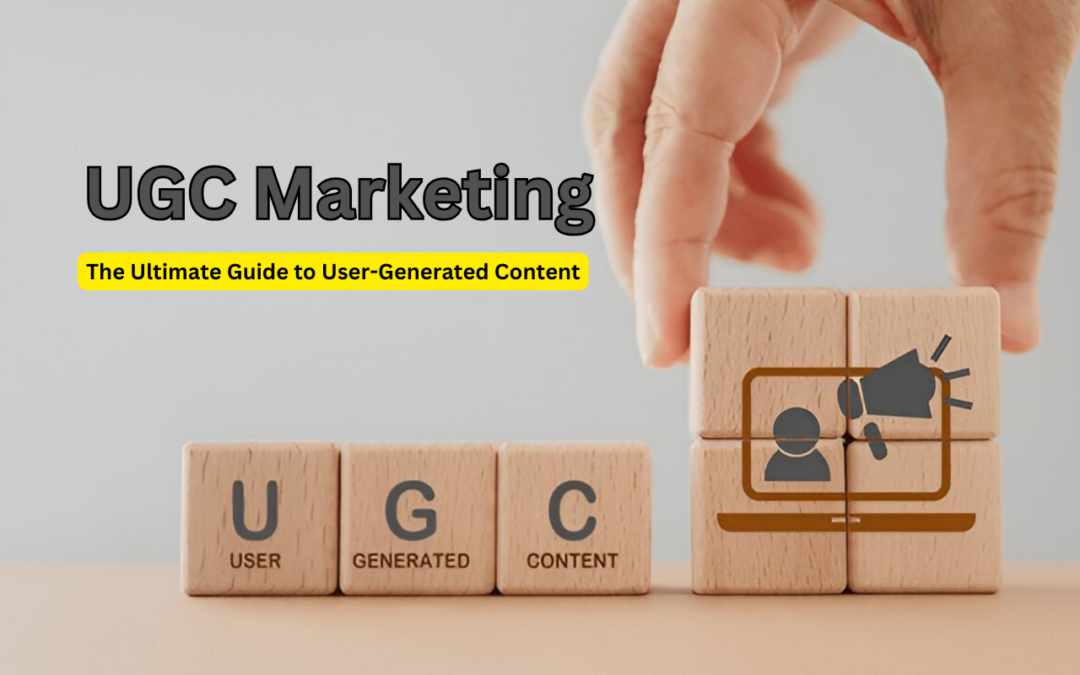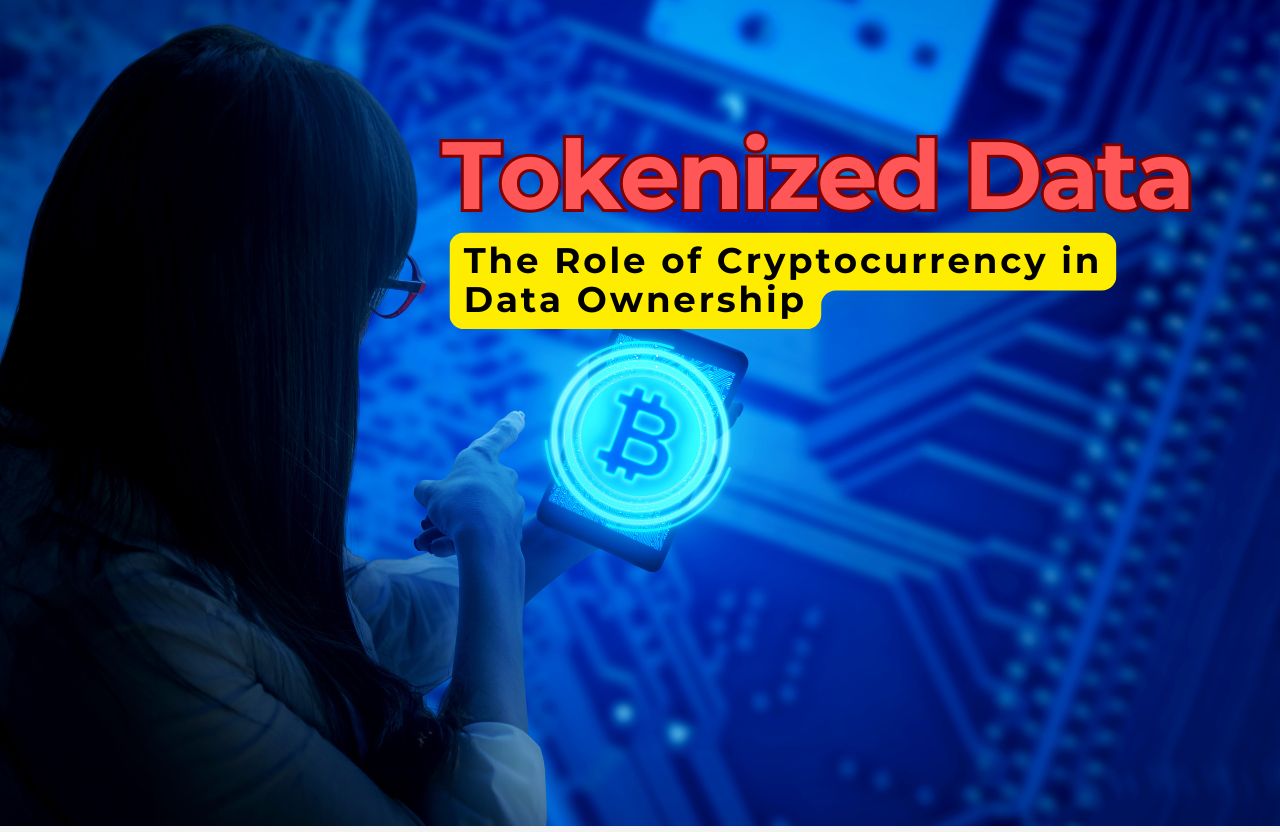In today’s digital landscape, consumers are bombarded with advertisements from every angle. Cutting through the noise and building trust is more challenging than ever. That’s where UGC marketing comes in. This powerful strategy leverages the authenticity and credibility of user-generated content (UGC) to connect with your target audience on a deeper level. This comprehensive guide will explore what UGC marketing is, why it’s so effective, and how you can implement it successfully.
What is UGC Marketing?
UGC marketing, short for user-generated content marketing, is a marketing strategy that focuses on leveraging content created by your customers or audience rather than your brand. This content can take many forms, including:
- Reviews and testimonials: Positive reviews from satisfied customers are incredibly influential.
- Social media posts: Photos, videos, and stories shared by users featuring your products or services.
- Blog posts and articles: Customer-written content about their experiences with your brand.
- Videos: Unboxing videos, product demos, or testimonials created by users.
- Forum discussions: Conversations and recommendations shared within online communities.
Essentially, UGC is any form of content created by individuals, rather than the brand itself, that showcases their genuine experiences, opinions, and interactions with a product or service.
Why is UGC Marketing So Effective?
The power of UGC marketing lies in its authenticity. Consumers are more likely to trust recommendations from their peers than branded advertising. Here’s why UGC marketing is so effective:
- Builds trust and credibility: UGC is seen as more authentic and unbiased than traditional advertising, fostering trust among potential customers.
- Enhances brand awareness: When customers share content about your brand, it expands your reach and introduces you to new audiences.
- Increases engagement: UGC encourages interaction and conversation around your brand, boosting engagement and creating a sense of community.
- Drives conversions: Studies show that UGC can significantly influence purchasing decisions. Seeing real people using and enjoying your products makes them more appealing.
- Cost-effective: Compared to traditional advertising, UGC marketing can be a very cost-effective way to reach your target audience.
- Provides social proof: UGC acts as social proof, demonstrating that other people are using and benefiting from your products or services.
How to Implement a UGC Marketing Strategy
Implementing a successful UGC marketing strategy requires careful planning and execution. Here are some key steps:
1. Define Your Goals
What do you want to achieve with your UGC marketing campaign? Are you looking to increase brand awareness, drive sales, or build a stronger community? Defining your goals will help you focus your efforts and measure your success.
2. Identify Your Target Audience
Understanding your target audience is crucial for creating effective UGC campaigns. Who are you trying to reach? What are their interests and preferences? Where do they spend their time online?
3. Choose the Right Platforms
Select the social media platforms and other channels where your target audience is most active. This will ensure that your UGC reaches the right people.
4. Encourage UGC Creation
There are several ways to encourage your customers to create UGC:
- Run contests and giveaways: Incentivize customers to create content by offering prizes or rewards.
- Create a branded hashtag: Encourage customers to use your hashtag when sharing content related to your brand.
- Feature UGC on your website and social media: Showcase the best UGC to inspire others to participate.
- Ask for reviews and testimonials: Make it easy for customers to leave reviews on your website or other platforms.
- Partner with influencers: Collaborate with influencers to create authentic content that resonates with their followers.
5. Curate and Manage UGC
Once you start receiving UGC, it’s important to curate and manage it effectively.
- Monitor your branded hashtag: Keep track of the content being shared using your hashtag.
- Request permission to use UGC: Always ask for permission before using someone else’s content.
- Organize and categorize UGC: Make it easy to find and use the content you need.
6. Promote and Amplify UGC
Don’t just collect UGC – promote it!
- Share UGC on your social media channels: Feature customer photos, videos, and testimonials on your profiles.
- Embed UGC on your website: Display UGC on your product pages or homepage to build trust and social proof.
- Use UGC in your advertising campaigns: Incorporate UGC into your ads to make them more authentic and engaging. This is a prime example of user-generated content advertising.
7. Measure and Analyze Results
Track the performance of your UGC marketing campaigns to see what’s working and what’s not. Monitor metrics like engagement, reach, and conversions.
UGC Ad Examples
Here are some examples of how you can use UGC in your advertising:
- Customer testimonials in video ads: Feature short video clips of satisfied customers sharing their positive experiences.
- Social media posts in display ads: Showcase customer photos and videos in your display ads to make them more relatable.
- User-generated content in email marketing: Include customer reviews and testimonials in your email newsletters.
Conclusion
UGC marketing is a powerful strategy that can help you build trust, increase engagement, and drive conversions. By leveraging the authenticity and credibility of user-generated content, you can connect with your target audience on a deeper level and achieve your marketing goals. Embrace UGC marketing and unlock the potential of your customer’s voices. By incorporating these strategies and focusing on genuine engagement, you can create a thriving UGC marketing campaign that drives real results for your business. Remember, the key is authenticity. Encourage genuine content creation and watch your brand reputation flourish.













